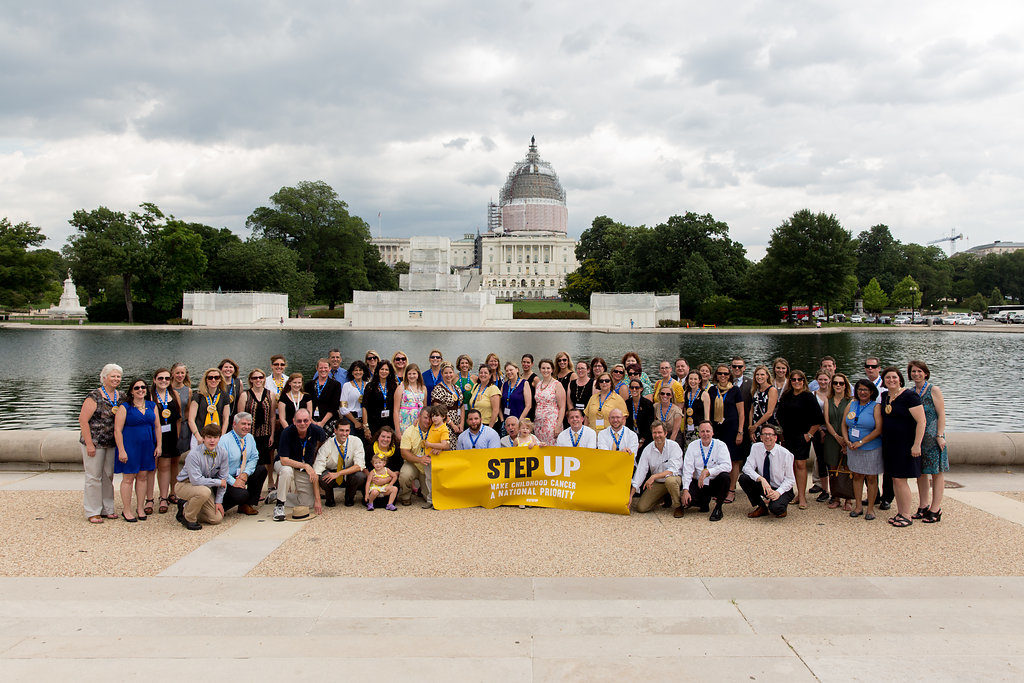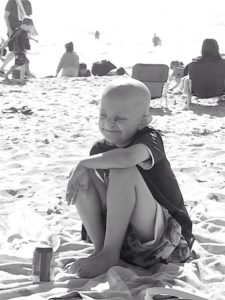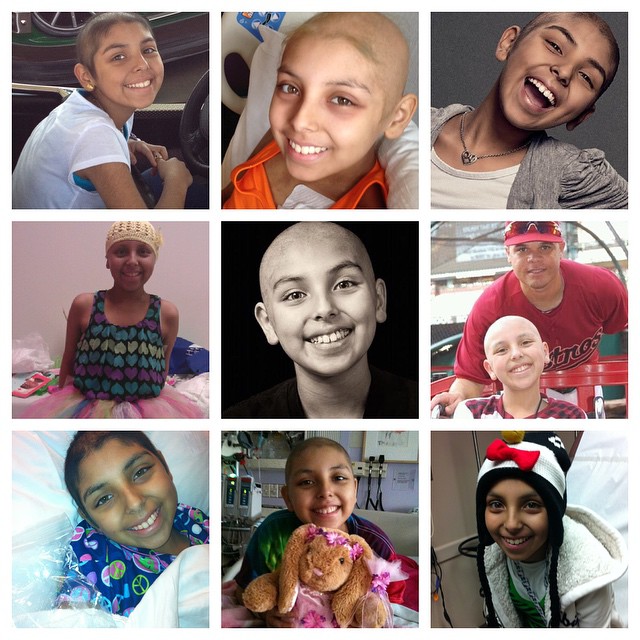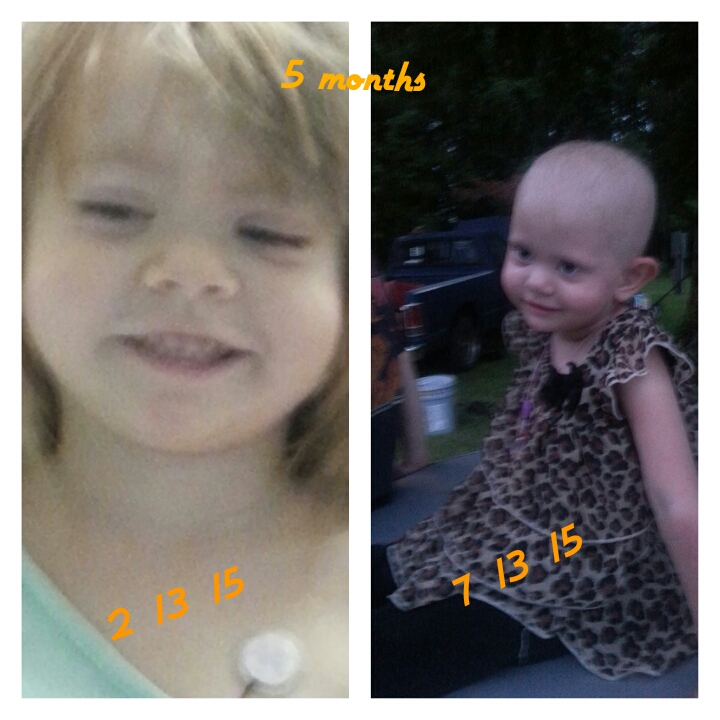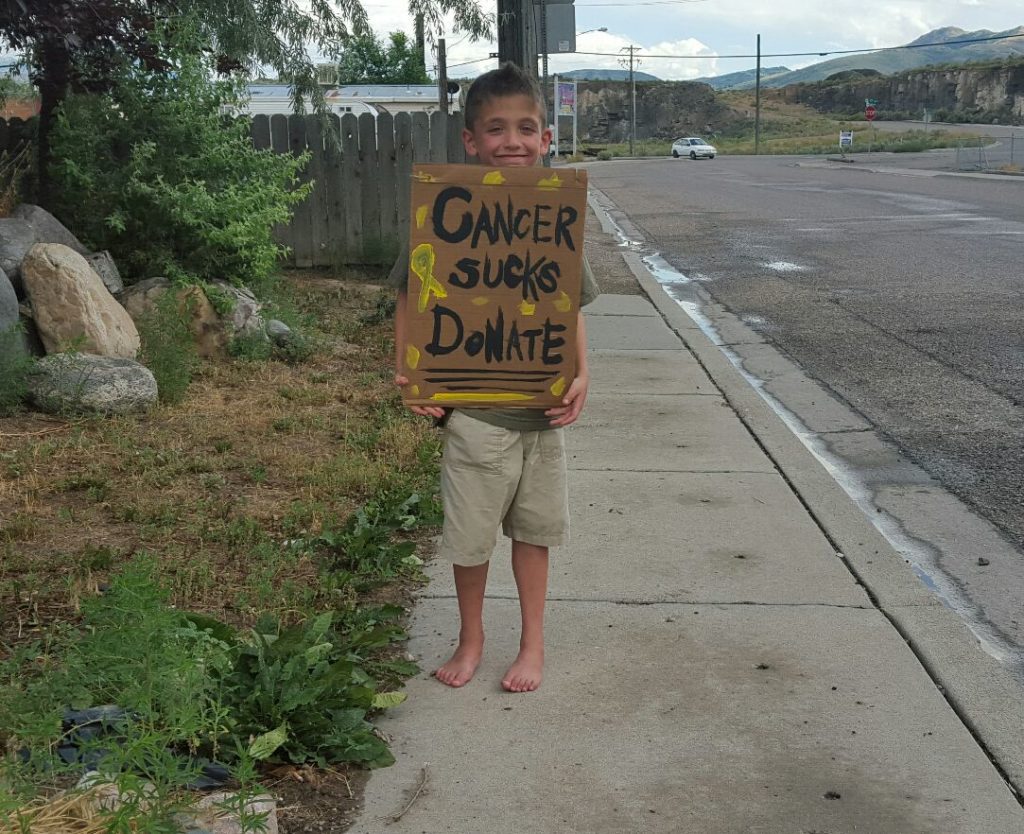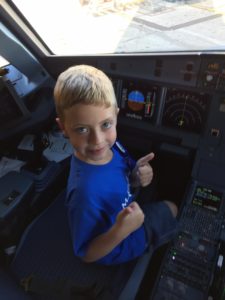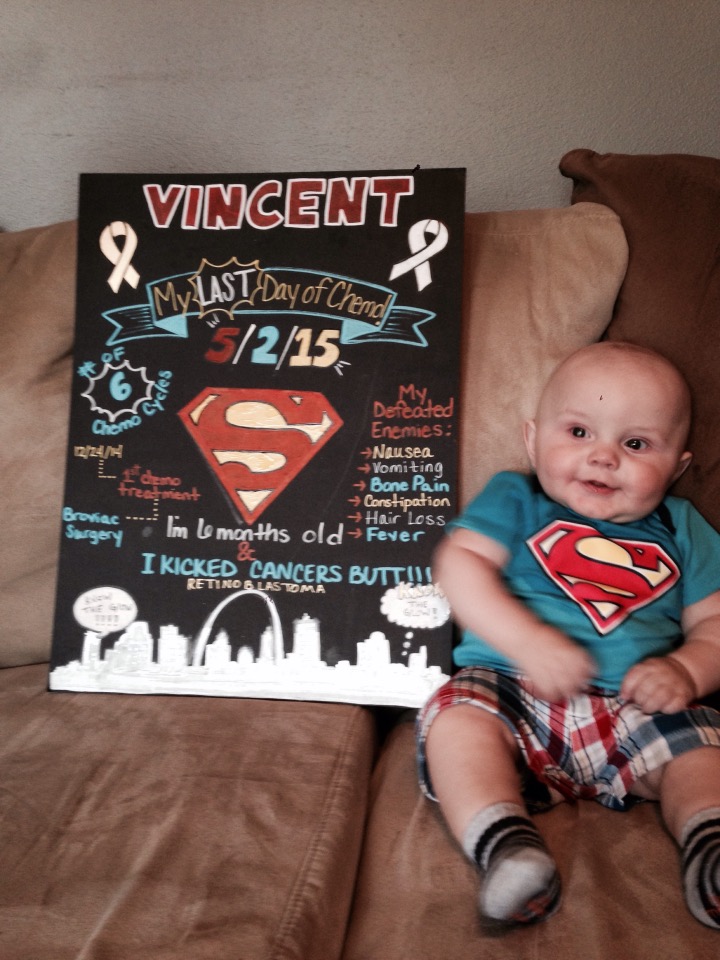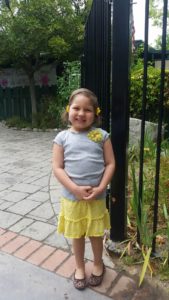Understanding the Healthcare System
For a young child, just a routine check-up or basic blood test can be absolutely terrifying. But when a child is suddenly diagnosed with cancer and facing extended hospital stays and complicated medical procedures, both the young patient and his parents have to quickly adjust to the complex, scary, and strange world of oncology and advanced medicines. The ACCO is dedicated to helping families facing a cancer diagnosis navigate this new and different world as comfortably and completely as possible, so families can focus their time and energy on comforting their child and making the best possible decisions for his or her long-term health and happiness.
So what can one expect from the healthcare system?
Children and families coping with childhood cancer face a number of challenges in the days and weeks immediately after diagnosis. When first entering into the confusing world of a hospital for tests and treatment, the medical centers or hospitals can seem confusing and even frightening; even the hospital rooms may appear scary at times. Healthcare professionals, physicians, and nurses are always well-meaning and dedicated to the long-term care of the patient, but they have many questions to ask and a lot of information to share, and the process can be simply overwhelming. Sometimes, it can even feel like the doctors and nurses are speaking a completely different and unknown language. But perhaps most frustrating is the need to handle financial concerns when all you want to do is comfort your child. Medical insurance professionals are available to help navigate through the paperwork and help you understand your coverage. In some cases, insurance companies may require advanced approval on various procedures and tests or may have queries related to payment.
So where are kids with cancer treated?
Most of the time children with cancer undergo treatment at large and advanced pediatric cancer centers located in major cities around the country. Many medical facilities specializing in pediatric oncology are members of the Children’s Oncology Group, which dictates a standard of care and prescribed guidelines so that families are well informed about all available treatment options, their benefits, and their short- and long-term risks.
Most children facing childhood cancer receive treatment in an inpatient pediatric oncology unit, although in some cases an outpatient treatment may be given at a doctor’s office, at a hospital clinic, or even at the patient’s home. In some cases, the best course of treatment may be participation in an on-going clinical trial into new and development treatment protocols; the Children’s Oncology Group maintains lists of current clinical trials and offers suggestions as to the best way to become involved in this treatment option.
Treating adolescents with cancer presents a series of unique challenges for both medical staff and parents. Adolescents want to be treated as adults and may resist treatment and hospitalization in a pediatric unit. Yet in most cases, pediatric oncology units are still the best medical option for adolescents because their cancers are more closely associated with childhood cancers than adult cancers. Many pediatric hospitals now offer separate areas designated for adolescents in order to accommodate their special emotional and physical needs.
The American Childhood Cancer Organization is dedicated to helping parents understand, navigate, and master the complicated world of pediatric oncology in order to give their child the best possible chance at fighting, and beating, childhood cancer. If your child is facing a cancer diagnosis, we encourage you to visit our website at www.acco.org and view our extensive library of free resources developed by families who have been where you are and designed to make your child’s cancer journey as easy, comfortable, and successful as possible. We are here to help you, because kids can’t fight cancer alone!
For more information about the American Childhood Cancer Organization call 855.858.2226 or visit:



